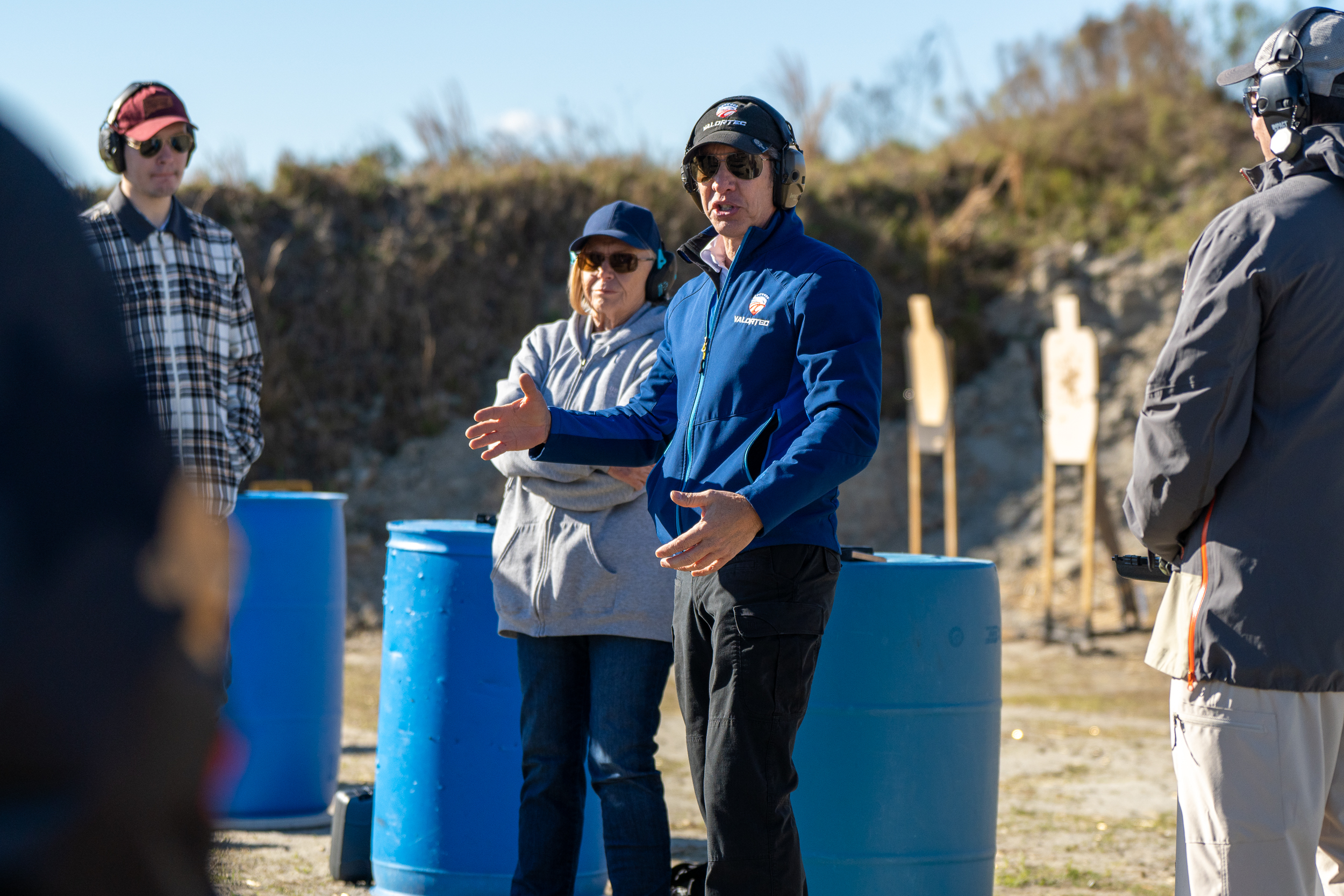Investigating Situational Awareness in a World of Unseen Threats
By Management | Tactical Edge Blog
In a world where a quiet morning walk can turn into a survival scenario and a routine shopping trip can shift into chaos in seconds, one skill quietly distinguishes those who fall victim from those who stay a step ahead: situational awareness.
Though often overshadowed by flashier self-defense tools or high-tech gadgets, situational awareness remains the most powerful—and most overlooked—form of personal protection. This article investigates its true role in modern safety, cuts through common myths, and equips you with the tools to apply it in real-life scenarios.
What is Situational Awareness—And Why Should You Care?
Situational awareness is not paranoia. It’s not about living in fear or expecting violence around every corner. It’s about being present, processing what’s happening, and recognizing when something isn’t right—before it’s too late.
Merriam-Webster defines awareness simply as “the quality or state of being aware,” but in real-world safety training, we take that much further: it means seeing, interpreting, and anticipating your environment—just like a trained operative or a first responder does.
🔍 Real-Life Case: In 2018, a woman in Miami avoided a violent mugging by noticing a man pacing erratically near the entrance of a parking garage. She changed course, moved toward a group, and called security—later discovering he was apprehended for attempted assault. Her only defense? Awareness.
The Five Colors of Awareness: The Condition Model Explained
One of the most respected systems for understanding situational awareness is the Color Code model, originally developed by U.S. Marine Colonel Jeff Cooper. It’s not a physical threat scale—it’s a mindset guide.
🔵 Condition WHITE – The Danger of Disconnection
-
State: Unaware, unprepared.
-
Example: Texting while walking through a dark parking lot at night.
-
Risk: High. You’re essentially a soft target.
🟡 Condition YELLOW – Relaxed Vigilance
-
State: Calm, alert, aware of your surroundings.
-
Example: Sitting at a coffee shop, noting who enters, where exits are, and any odd behavior.
-
Goal: Maintain this level throughout your day. It’s sustainable and empowering.
🟠 Condition ORANGE – Specific Alert
-
State: Noticing a potential threat.
-
Example: You see someone lingering near your vehicle. Your attention narrows, you consider escape routes.
-
Action: Begin formulating a plan. Mentally prepare to act.
🔴 Condition RED – Action Time
-
State: Threat confirmed. You act.
-
Example: A person draws a weapon or lunges toward you.
-
Execution: Your training kicks in—verbal commands, evasive movement, or armed defense if justified.
⚫ Condition BLACK – Freeze or Panic
-
State: Overwhelm. Inability to act.
-
Cause: Lack of mental preparation or training.
-
Prevention: Realistic scenario training and stress inoculation reduce the risk of reaching this level.
Technology: The Double-Edged Sword
Smartphones. Noise-canceling headphones. Social media immersion. All can be fatal distractions.
📱 Case in Point: In 2022, a man in Orlando walked straight into an ongoing robbery at a gas station, headphones in, head down. He didn’t register the situation until he was shoved to the ground. He wasn’t a target—until he walked into the danger zone blindly.
Strategy: When in transitional spaces (parking lots, gas stations, elevators), put the phone away. Be present. The moments between “normal” and “danger” are when decisions matter most.
How to Train Situational Awareness Like a Pro
Awareness is a skill. It can—and must—be trained.
✅ 1. Practice “Condition YELLOW” Daily
Look for exits. Note people who seem out of place. Watch how people behave in lines, on buses, in lobbies. This isn’t profiling—it’s pattern recognition.
✅ 2. Simulate Conditions ORANGE and RED
Mentally rehearse scenarios:
-
“If someone followed me into this parking garage, what would I do?”
-
“If I heard gunshots in this mall, where would I run?” Repetition builds neural pathways. You’ll act faster if that day ever comes.
✅ 3. Reduce Overload to Avoid Condition BLACK
Panic is a response to mental overwhelm. Training with stress—through force-on-force, live role-play, or time-constrained drills—builds confidence under pressure.
✅ 4. Stay Informed
Know your surroundings. Is your area seeing more carjackings? Are there active scams in your neighborhood? Awareness is enhanced by context.
Armed Citizens: Awareness is Not Optional
Carrying a firearm—legally and responsibly—adds layers of responsibility. You are now not only defending yourself but also accountable for every decision, every round, every second of action.
🔍 Training Insight:
We stress that situational awareness must precede every draw decision. If you’re not trained to recognize threats early, you’ll never have time to react effectively.
That’s why we simulate real-world stress environments—gas station altercations, home intrusions, car confrontations. Because real life doesn’t happen at a paper target.
Conclusion: The First Line of Defense is the Mind
You can carry the most advanced firearm, wear body armor, or have a black belt in self-defense—but none of that matters if you’re unaware of the danger until it’s too late.
Situational awareness isn’t about paranoia. It’s about preparation, confidence, and the quiet power of anticipation.
“You don’t get to pick the time. You don’t get to pick the place. They do. And by the time you realize it… it’s already too late.” – Valortec Training
Prepare you to prevail.

